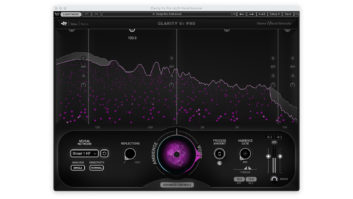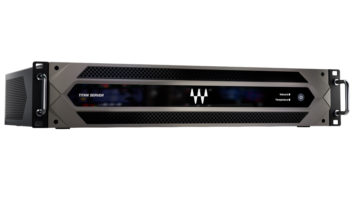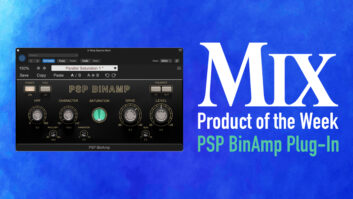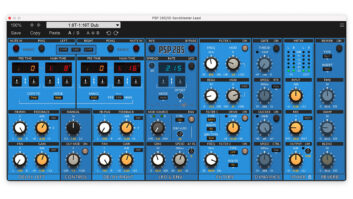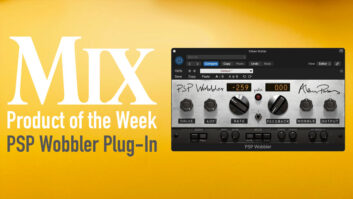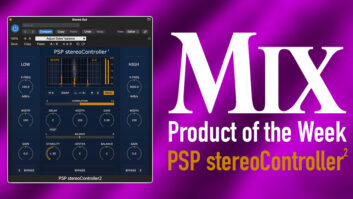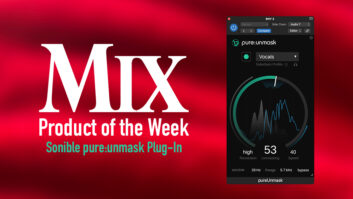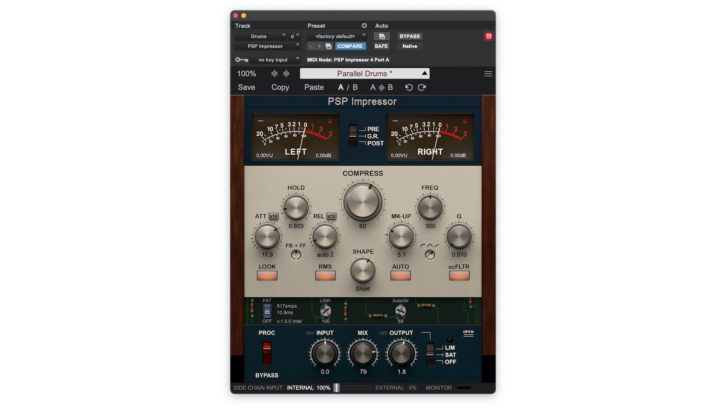
PSP Audioware just released Impressor (Mac/Win). It’s a versatile compressor plug-in that’s the successor to PSP MixPressor.
Impressor’s high-resolution GUI looks quite similar to PSP’s recently released Saturator plug-in, and, unlike MixPressor, it’s scalable. PSP designed Impressor for use on individual tracks, busses and full mixes, and its algorithms emulate opto, tube and “modern compressors.” The plug-in provides abundant control features.
Impressor includes a Compress knob that functions similar to a threshold, and you can set it between 0% and 100%. The Shape knob controls both the ratio and knee and has six different presets. You can choose a 2:1 ratio with a soft knee, a 3:1 ratio with a wide knee, and four limiter (infinity:1) presets with various knee settings.
The Attack and Release controls each have Manual and Auto modes. Also included is a Hold knob, which lets you fine-tune how long the attenuation lasts. You can turn on Look-Ahead mode with a button push, making it possible for Impressor to catch sharp transients or overloads fully. Another button changes the detection circuit to RMS mode from peak. You can manually set the MK-UP (makeup gain) control or press a button for Auto mode.
The control set on Impressor gives you significant flexibility over the compressor’s behavior. You can assert additional control over its response with the controls in the plug-in’s Side-Chain and Filter section.
PreSonus Revelator Microphone – Product of the Week
Waves Cosmos Sample Finder – Product of the Week
Sonnect Sound Bullet – Product of the Week
PSP included a choice of three different filter types, High-Pass, Bell and Equal Power. You also get Frequency and Q controls and a button for turning the filter on and off. You can set the sidechain to Internal or External mode or choose an amount in between with a slider. Pressing the sidechain monitor switch lets you hear the signal going through it and turns the entire GUI a translucent orange color so that you won’t forget you put the sidechain in solo.
Near the bottom of the GUI are Input, Output and Mix knobs. The latter makes it possible to dial in parallel compression. A switch to the right of the Output knob features three choices: Off, Sat and Lim. Sat turns on a Saturation limiter, which PSP says accentuates transients and brightness. The Lim mode switches in brickwall limiter function, which is handy for preventing clipping at the output. Two VU-style meters provide visual feedback, and you can change them to show input, output or gain reduction.
You’ll see three additional internal adjustments if you press the Open button. One is the FAT button, which turns on 16X sampling and helps reduce aliasing when the saturation is on. Link lets you alter the amount of linkage between the sidechain channels, and Auto-Str adjusts the behavior of the Auto-Gain feature.
Impressor comes with a large and useful set of presets for various applications, and you can sort them by application or by the designer’s name.
PSP is offering Impressor for an introductory price of $69 until March 14, after which it will go to its regular $99 price. You can also download a 30-day demo to try it out.
Get more information at the PSP website.
